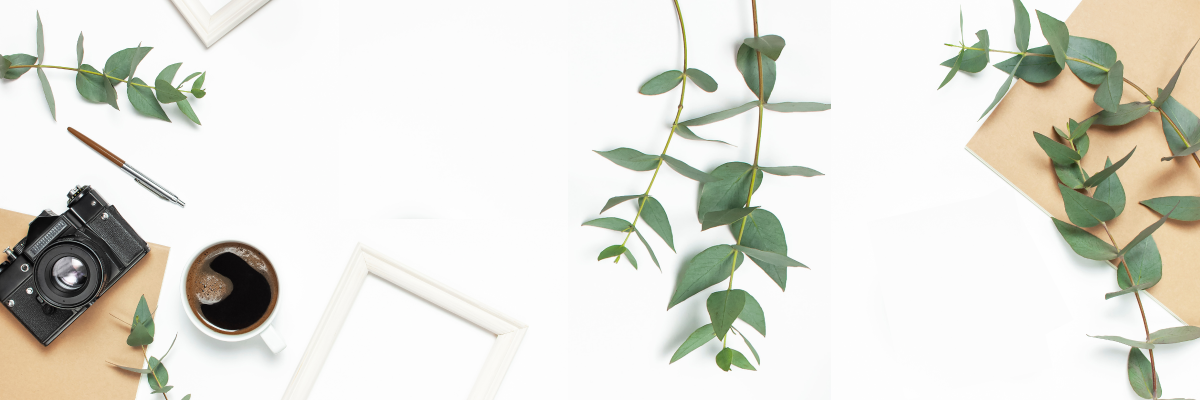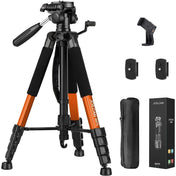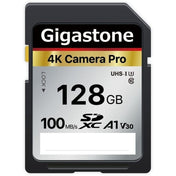In the world of photography, understanding the difference between RAW and JPEG image formats is essential. Each format has its own set of advantages and disadvantages, making it crucial for photographers to grasp the intricacies of both. So, let's delve into the realm of RAW and JPEG formats to uncover what sets them apart and when to use each.
The Basics: RAW Format
RAW is the unprocessed data captured by the camera's sensor. It contains all the information the sensor recorded, providing photographers with maximum control over the final image during post-processing. RAW files are larger in size because they preserve all the details and color information, making them ideal for professional photographers who want to fine-tune their images.
Advantages of RAW Format:
- Greater flexibility in post-processing
- Preserves original image data
- Offers higher image quality
The Appeal of JPEG Format
JPEG, on the other hand, is a compressed image format that processes and compresses the captured data in-camera. This compression results in smaller file sizes and is more convenient for quick sharing and storage. JPEG files are typically ready to be viewed and printed without extensive editing, making them suitable for casual photographers and everyday use.
Advantages of JPEG Format:
- Smaller file sizes
- Easy to share and print
- Less post-processing required
When to Use RAW?
If you're striving for the highest image quality and have the time and expertise for post-processing, RAW is the way to go. RAW files give you complete control over exposure, white balance, sharpness, and color grading, allowing you to unleash your creativity and achieve professional results.
Cases for Using RAW Format:
- Professional photography projects
- Artistic editing and manipulation
- High-quality prints and enlargements
When to Opt for JPEG?
On the other hand, if you prefer simplicity, speed, and don't want to spend much time on editing, JPEG is the more practical choice. JPEG files are suitable for social media sharing, quick snapshots, and situations where immediate sharing or printing is required without much editing.
Cases for Using JPEG Format:
- Casual photography and family gatherings
- Online sharing and posting on social media
- Everyday photography needs
In conclusion, whether you choose RAW or JPEG depends on your photography style, preferences, and intended use of the images. Both formats have their merits, and the best choice will vary depending on the situation. So, next time you're behind the lens, consider the benefits of each format to capture the perfect shot that suits your needs.
Unraveling the Image Format Enigma
Understanding the distinctions between RAW and JPEG formats is like deciphering a secret code in the realm of photography. By recognizing when to leverage the power of RAW's flexibility or opt for the convenience of JPEG's simplicity, you can elevate your photography game and produce stunning visuals with ease. Embrace the nuances of image formats and watch your photos come to life in ways you never imagined!











